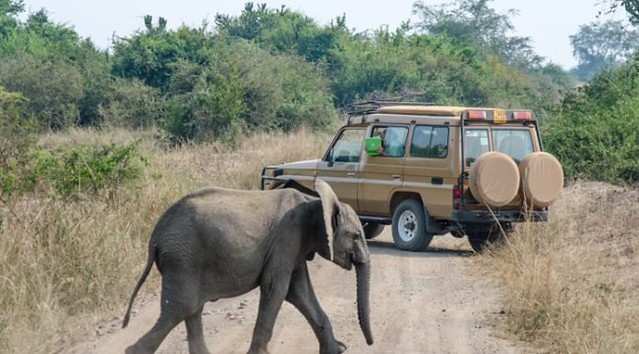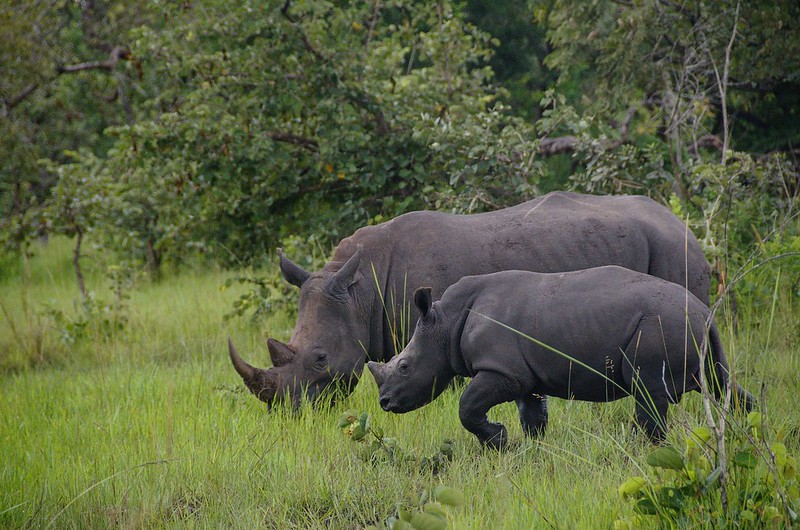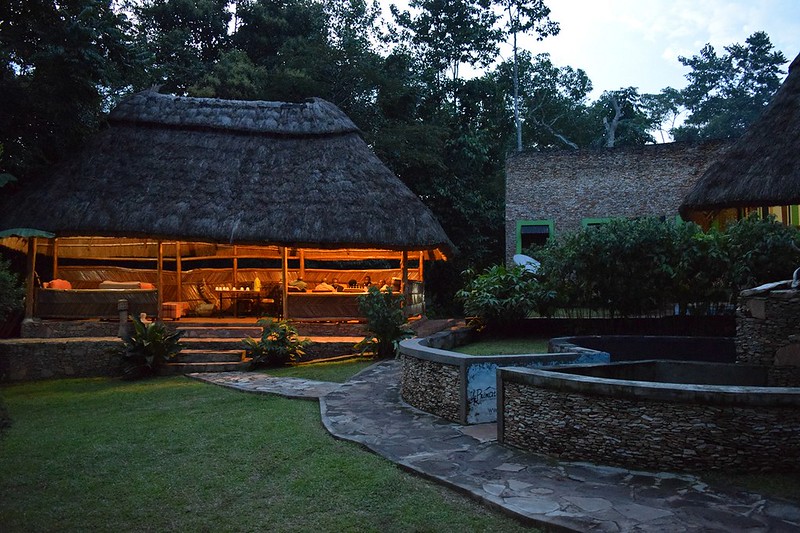10 Tips for Saving Money on Your Uganda Budget Safari. Embarking on a gorilla trekking…
Banded Mongoose tracking and Filming
Banded Mongoose tracking and Filming – Queen Elizabeth National park.
Tracking and filming banded mongooses: Native to Africa, banded mongooses are primarily found in the southern Sahara, which stretches from the Gambia to northeastern Ethiopia and ultimately South Africa. Anyone who wants to embark on an up-close adventure with banded mongooses can follow them firsthand in Uganda on the Mweya Peninsula in Queen Elizabeth National Park.
Queen Elizabeth National Park is a worthwhile experience that offers visitors the chance to participate in keeping an eye on the Banded Mongoose. Research, experiential tourism, and filming trips of the Banded Mongoose in Uganda can be greatly undertaken there. There are around 450 banded mongoose people living in social groupings on the Mweya Peninsula.
Using locator devices, banded mongoose tracking allows participants to follow the researchers across parts of Queen Elizabeth National Park that are typically off-limits to other visitors. You will gain more knowledge about habituation calls, how to recognize people, weigh them, observe their behavior, and keep an eye on the environment and weather during the tracking journey.
![]() Since the observations’ results aid in our understanding of Africa’s wildlife economy—particularly that of the Banded Mongoose in Queen Elizabeth National Park—and in the preservation of this remarkable ecosystem, they will be added to the researchers’ databases.
Since the observations’ results aid in our understanding of Africa’s wildlife economy—particularly that of the Banded Mongoose in Queen Elizabeth National Park—and in the preservation of this remarkable ecosystem, they will be added to the researchers’ databases.
The duration of a filming session for the Banded Mongoose in Queen Elizabeth National Park can range from one to four hours, with the possibility of beginning at 4:00 pm or 7:00 am. Generally speaking, morning sessions are longer and more fruitful than evening sessions, though they are occasionally conducted at night.
Please take note that there is a cap on the number of persons who can video and track at any given time to minimize stress for the Banded Mongoose and to improve the overall quality of the experience.
Smaller than a cat, banded mongooses live in extended family groups with about twenty adults and their progeny. They are strong, nimble animals with long tails that reach nearly the length of their bodies. They can dig and protect themselves with their sharp claws. Every family builds a communal subterranean den together, moving den sites every two to four days.
They emerge at dawn, forage together in the morning and afternoon, then return to the cave at dusk. The Banded Mongooses exhibit distinct personalities and are most gregarious while they are entering and exiting their dens.
Along with the Banded Mongoose, which may be found in the vicinity of the Mweya Peninsula in Queen Elizabeth National Park, 10 other species of mongooses have been reported from Uganda. The Egyptian, Marsh, Slender, White-tailed, Jackson’s, Common, and White-tailed mongooses are among the numerous species of mongooses that have been documented in Uganda.
Unlike other mongoose species after which they are named, banded mongooses have dark bands across their backs. Please be aware that the Queen Elizabeth National Park offers additional experiencing tourism opportunities, such as lion tracking, hippopotamus censuses, and bird counts.
Contact Monumental Expeditions and Safaris for your East African safaris, and we will help you put together a safari that suits your interests, time, and budget. For more information about tracking and filming mongooses, as well as all-inclusive East African safaris to Queen Elizabeth National Park that feature experiential tourism.
Additionally, we can combine and customize your safari to include all the must-do activities, like tracking gorillas and chimpanzees, white-water rafting, seeing wildlife, and engaging with locals in tourist destinations in Rwanda and Uganda.


